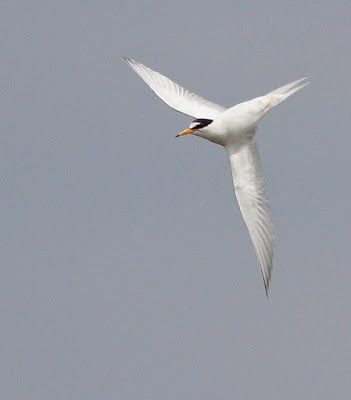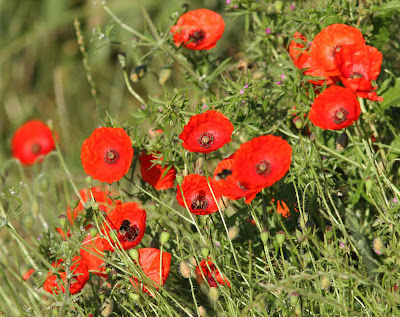Hello
Yesterday (Sunday) and the ringing session at Stortons Gravel Pits was somewhat curtailed due to this unpredictable June weather. However 22 birds were captured before rain and wind stopped play and included juvenile Whitethroats and a juvenile Sedge Warbler. A Reed Bunting bearing ring number Z310185 was netted - this bird was first caught and ringed at Harrington Airfield in September 2014.
Today (Monday) and a single Turtle Dove was the only bird of note located at Harrington Airfield with Blueberry Farm hosting now three 'reeling' Grasshopper Warblers and a Barn Owl this evening.
Regards
Neil M
Yesterday (Sunday) and the ringing session at Stortons Gravel Pits was somewhat curtailed due to this unpredictable June weather. However 22 birds were captured before rain and wind stopped play and included juvenile Whitethroats and a juvenile Sedge Warbler. A Reed Bunting bearing ring number Z310185 was netted - this bird was first caught and ringed at Harrington Airfield in September 2014.
Today (Monday) and a single Turtle Dove was the only bird of note located at Harrington Airfield with Blueberry Farm hosting now three 'reeling' Grasshopper Warblers and a Barn Owl this evening.
Regards
Neil M
 |
| Common Tern |
 |
| Sandwich Tern |
 |
| Bearded Tits |
 |
| Mallard duckling |
 |
| Avocet |
 |
| Avocet chick All images from the RSPB reserve at Titchwell. |

















































